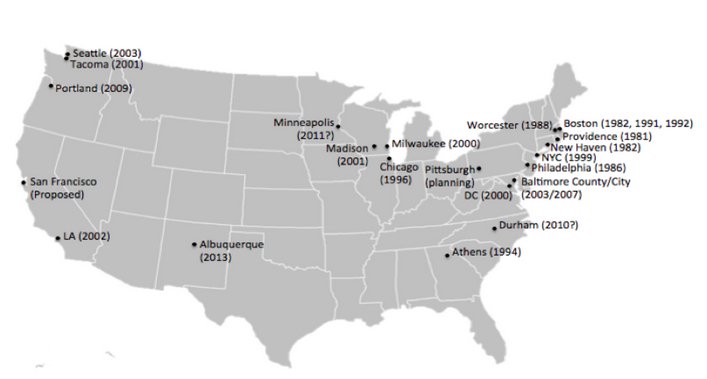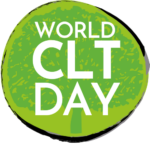The Role of Land Trusts
Over the past thirty years, the land trust has emerged as a preferred model for holding land for community gardens and urban farms. This reflects the convergence of two trends: the creation of specialized open space land trusts to conserve land for community gardens, and the moves that some community land trusts have made to promote urban agriculture.

The main distinction here is between open space land trusts and community land trusts. Open space land trusts focus on protection of land, and generally do not have structures in place to manage lands that are being used productively, or to foster community-based governance.Community land trusts, by contrast, acquire and hold land for the benefit of a community, and generally have tripartite board structure that includes seats dedicated to both beneficiaries of the trust (generally people who live in housing held by the trust) and members of the neighboring community.
To illustrate the different forms that such trusts can take, we provide four brief case studies. In the section on the Central Server Model, we dig deeper into the model developed by Chicago’s NeighborSpace land trust.

